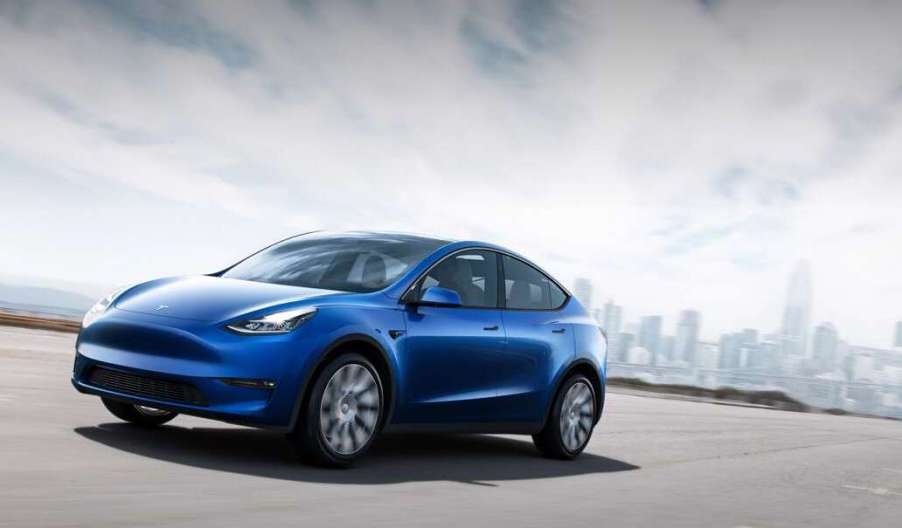
Why Do Teslas Have the Longest EV Range?
One thing holding many individuals back from going all-in on an electric vehicle is hesitation around the distance these cars can travel on one charge. It is no surprise, then, that companies in the EV business are quick to tout impressive range statistics.
Twitter was recently witness to a dust up around Tesla’s longer EV range as compared to the Porsche Taycan. The commentary uncovered a few interesting insights into the alleged benefits of cars with a shorter range.
A Twitter Controversy
A common voice on Twitter, and also CNBC’s car critic, Mack Hogan recently tweeted about the Porsche Taycan. He posited that while it might be the best non-Tesla EV, it still can’t beat the range of the seven-year-old Tesla Model S.
Many took issue with his statement, and one prominent objector was Audi. While Audi didn’t contest Mack’s statement about range, it made a point to clarify that non-Tesla EVs may bring additional benefits to the table. Audi took the time to send Mack some additional information on its most recent entry to the EV market, the E-Tron Quattro SUV.
Cooling capabilities of the Audi E-Tron
Audi recently launched its first long-range electric vehicle, the Audi E-Tron SUV. There aren’t currently many players in the SUV EV category, with others including the Jaguar I-Pace and the Tesla Model X. The estimated range for the E-Tron is 204 miles on a fully charged battery. This is compared to the 370-mile range of the Tesla Model S Long Range, which is the vehicle referenced by Mack.
In response to Mack’s tweet, Audi sent him a number of diagrams of the E-Tron. These diagrams show that compromises in the E-Tron’s range come from a focus on long-term durability.
Audi claims that one benefit of the E-Tron is its cooling system. Individual battery back modules are monitored and cooled. This way the car owner can isolate any problems and replace an individual module rather than the whole pack. It also focuses on cooling the electric motors by including a waste heat pump that can repurpose motor heat for cabin climate control.
Audi’s focus on cooling in its response to Mack is no surprise. Motor cooling has long been a weak spot for the Tesla Model S. Its motor heat soaking is known to be responsible for power reductions. By focusing on cooling, however, the E-Tron suffers from added weight and power requirements.
Battery Protection
The E-Tron’s battery is a 95-kWh pack, as compared to Tesla’s 100-kWh pack. This 5kWh different is not, however, the main limiter of the E-Tron’s range. The E-Tron automatically protects 12% of its battery, so its true power is only 83.6 kWh.
The reason for the 12% protection, according to Audi, is for the long term health of the battery. Fully charging a battery is not good for battery health, and Audi builds in this protection. Tesla has an option for limiting charging, but it is at the option of the customer.
Focus on customer satisfaction
While the range of EVs is the statistic that is easiest for consumer’s to understand, the point Audi underscored to Mack is that less range may be better for consumers. By making some sacrifices in range, the E-Tron limits the need for battery replacements and other costly repairs that could come from inadequate cooling. Tesla, on the other hand, likely assumes that early adopters are comfortable taking on these risks.
These customer benefits are important and the technical explanations are helpful. But as Mack pointed out in a follow-up tweet, non-Tesla EVs are still not ideal for long trips.


